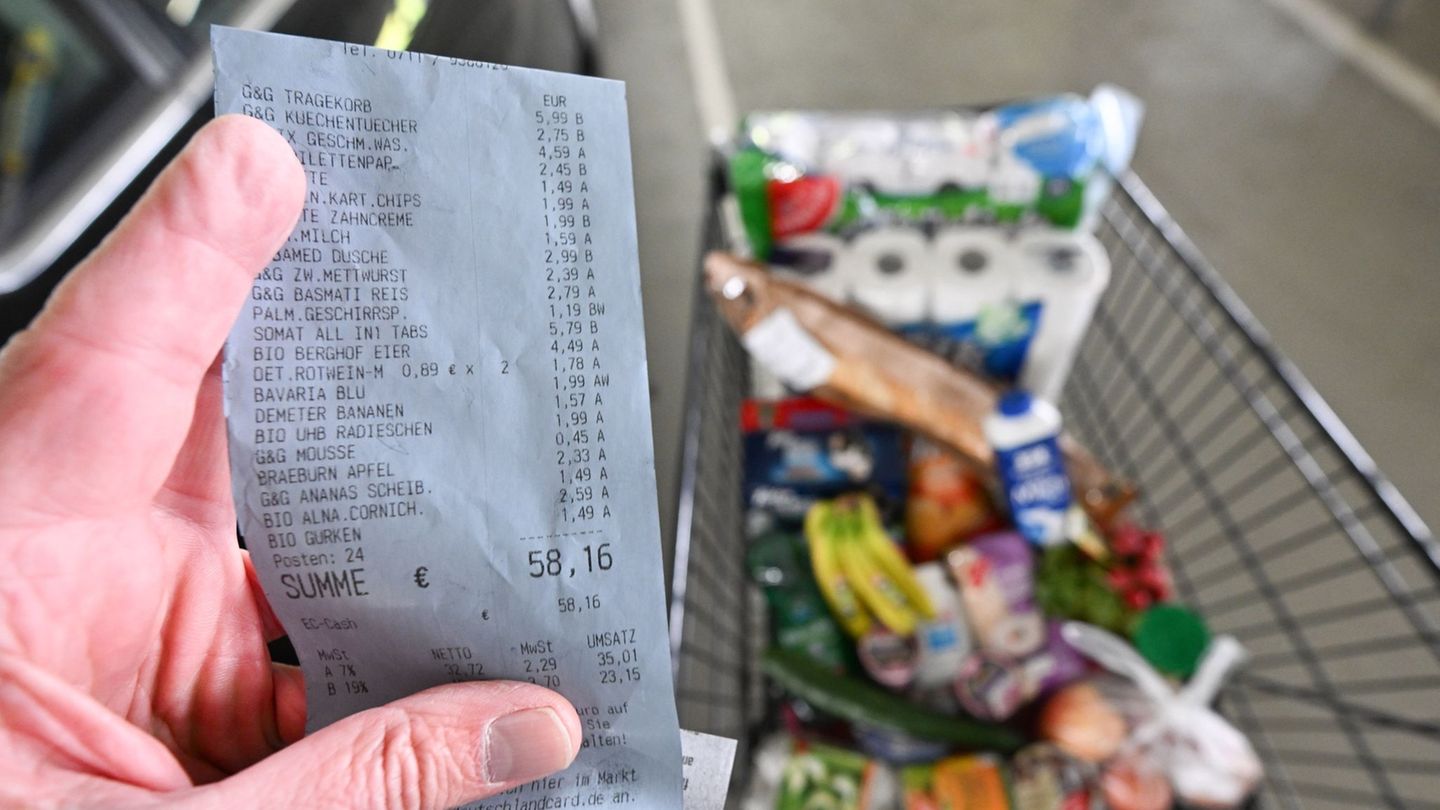Menu
Aldi, Lidl and Co.: Which discounters are fighting for market leadership
Categories
Most Read
Trade talks: Beijing on preliminary tariff talks: Preliminary agreement with USA
October 26, 2025
No Comments
Auto industry: The current Porsche boss sees the sports car manufacturer as robustly positioned
October 26, 2025
No Comments
Training: Bahn is hiring around 5,200 trainees
October 26, 2025
No Comments
You should always press this button at ATMs
October 26, 2025
No Comments
Location Germany: Ifo boss warns: Prosperity in Germany is acutely threatened
October 26, 2025
No Comments
Latest Posts

People: Video shows Perry holding hands with Trudeau
October 26, 2025
No Comments
Lisa HarrisI am an author and journalist who has worked in the entertainment industry for over a decade. I currently work as a news editor

Donald Trump toughens his stance with Canada and announces a 10% increase in tariffs
October 26, 2025
No Comments
October 26, 2025 – 08:26 The president accused Ontario of trying to influence the Supreme Court with an ad that used Ronald Reagan and ordered

Trade talks: Beijing on preliminary tariff talks: Preliminary agreement with USA
October 26, 2025
No Comments
AngelicaI am an author and journalist who has written for 24 Hours World. I specialize in covering the economy and write about topics such as
24 Hours Worlds is a comprehensive source of instant world current affairs, offering up-to-the-minute coverage of breaking news and events from around the globe. With a team of experienced journalists and experts on hand 24/7.

